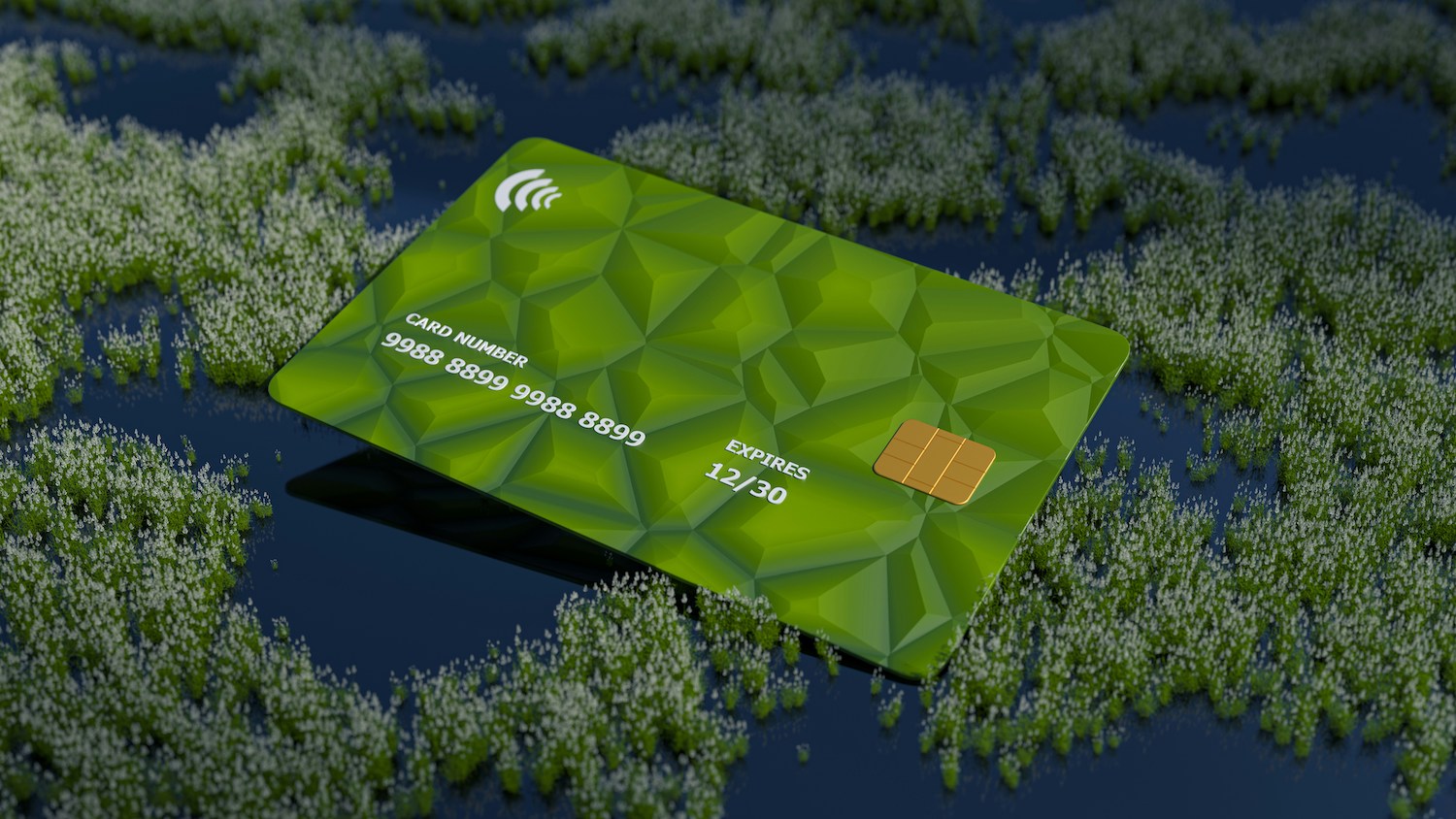The Hidden Cost in Retail Logistics
You don’t usually think about fuel when you’re talking retail. It’s all about footfall, conversion rates, and inventory turnover. But behind every stocked shelf and every next-day delivery is a van, a truck, or a fleet of vehicles burning fuel. And that fuel? It’s not just a cost. It’s a variable, unpredictable, and often overlooked part of the retail equation.
In 2025, UK retail businesses are waking up to this. With fuel prices still fluctuating and sustainability targets tightening, the way companies manage their fuel spend is changing. Quietly, but significantly.
The Landscape: What the Numbers Say
Let’s start with the data. The fuel card market is expected to grow from £285 million in 2024 to £437 million by 2035. That’s not explosive growth, but it’s steady. And it’s driven by one thing: businesses want control.
Retailers, particularly those with delivery arms or regional distribution networks, are seeking ways to streamline their fuel expenses. They’re not just chasing discounts; they’re chasing visibility. They want to know who’s spending what, where, and why.
And they’re not alone. In 2023, over 40,000 new fuel cards were issued in the UK, bringing the total number of active cards. That’s a lot of businesses saying, “We need a better way.” So, which are the best fuel cards for businesses?
The Retail Reality
Think about a mid-sized furniture retailer with stores across the South East. They have a fleet of delivery vans, each covering 100 to 200 miles a day. Fuel costs are a major chunk of their operating budget. Before, they relied on receipts and reimbursements. It was messy. Now? They’ve switched to a centralized system.
Every driver uses a card. Every transaction is logged. The finance team receives one invoice, which includes VAT breakdowns and driver-level reporting, eliminating the need for additional paperwork. No more guessing.
And the savings? They’re real. Some cards offer fixed weekly pricing, others give up to 12p per litre off pump prices. Multiply that across a fleet, and you’re looking at thousands saved annually.
The Tech Behind the Shift
It’s not just about the card anymore. It’s about the platform. Fuel cards now come with mobile apps, real-time tracking, and integration with accounting software. You can set spending limits, restrict purchases to fuel only, and monitor usage live.
Some providers are even bundling in EV charging options. As electric vans enter retail fleets, businesses need a way to manage both petrol and electricity expenses. Fuel cards are adapting.
And the data? It’s gold. You get insights into fuel efficiency, route optimisation, and driver behaviour. That’s not just useful, that’s strategic.
The Admin Gamechanger
Retail businesses are notoriously admin-heavy. Between stock management, payroll, and compliance, there’s not much bandwidth left. Fuel cards help lighten the load.
Instead of sorting through dozens of receipts, you receive a single consolidated invoice. Instead of manual logs, you get automated reports. And if you’re VAT-registered, reclaiming becomes a breeze. No more missing receipts. No more errors.
It’s not glamorous. But it’s efficient. And in retail, efficiency is everything.

The Security Angle
Fraud is a real concern. Cards get lost. Drivers make unauthorised purchases. It happens. But fuel cards come with built-in protections.
PINs, geo-tracking, and transaction alerts are now all standard. You can flag suspicious activity instantly. You can lock cards remotely. You can set rules so tight that misuse becomes nearly impossible.
For retail businesses with multiple drivers and locations, such control is invaluable.
The Sustainability Push
Retail is under pressure to adopt a greener approach. Customers care. Regulators care. And fuel cards are quietly helping.
Some providers offer discounts on biofuels. Others track carbon emissions. A few even integrate with sustainability dashboards. It’s not perfect, but it’s progress.
And as EV adoption grows, fuel cards are evolving. They’re partnering with charging networks. They’re offering hybrid solutions. They’re making it easier for retailers to transition without losing oversight.
The Catch (Because There’s Always One)
Of course, it’s not all smooth sailing. Not every card is compatible with every station. Some providers charge monthly fees. Others have clunky apps or limited reporting tools.
And if your business operates in rural areas, coverage can be patchy. Drivers might have to detour to find compatible stations. That costs time. That costs money.
So, you have to choose wisely. Look at your routes. Look at your fuel spend. Look at your admin capacity. Then pick a card that fits.
The Small Business Angle
Fuel cards aren’t just for big chains. Small retailers are also getting in on the action. A local bakery with two vans? A boutique clothing brand doing pop-up deliveries? They’re using fuel cards to simplify operations.
And the impact? It’s bigger than you’d think. A 2023 study by Edenred found that 65% of small businesses reported substantial savings after switching to fleet fuel cards. That’s not a gimmick. That’s real money.
The Bigger Picture
Fuel cards are part of a broader shift in the retail industry. Businesses are moving toward integrated systems that connect payments, logistics, and inventory. Fuel spend is just one piece of the puzzle.
But it’s a piece that matters. Because every mile driven affects your bottom line. Every litre pumped affects your margins. And every transaction logged affects your strategy.
So yeah, it’s just a card. But it’s also a tool. A lever. A way to tighten up operations and build a smarter business.

The Key Takeaways
Retail is changing. Fast. Customers expect more. Costs keep rising. And businesses need every edge they can get.
Fuel cards for businesses might not be the flashiest innovation. But they’re one of the most practical. They offer control, clarity, and cost savings, all wrapped into a simple system. In 2025, that’s exactly what retail needs.



